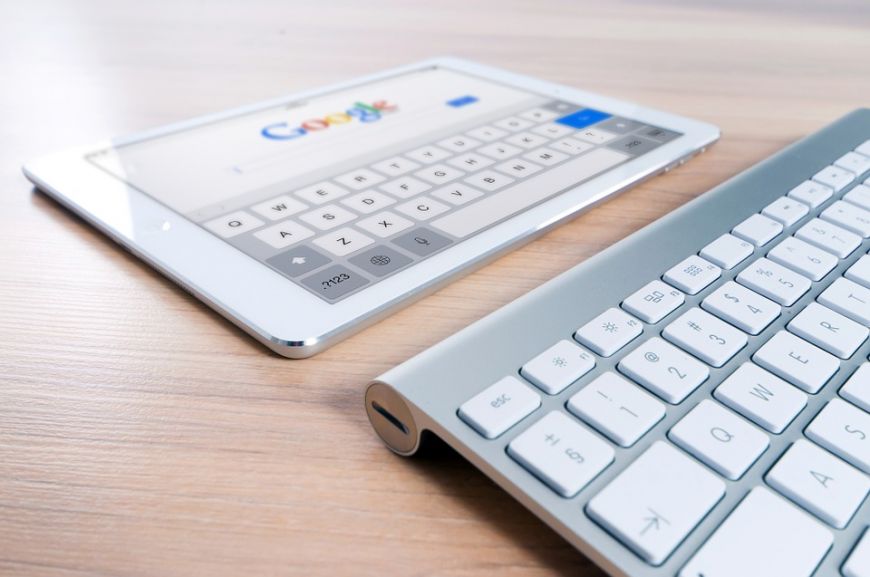-
Follow us
-
0723.20.82.90 -
office@iagency.ro 




No matter if you are a blogger, a writer of a SEO agency or if you own an online business, there is always the question: ''do I have to add an image to the written content?" The answer is always the same: ,,Yes, you do!''. Images lead to a more entertaining experience of the user and bring an organic traffic through the images' searches on Google. Although, this can be possible only if are they correctly optimized. This article is going to offer you some tips of a well-done images optimization..
Add images to your website's content
It's widely known that adding images to a text will bring you a better understanding of the reader. ,,A picture is worth a thousand words", that's for sure!
In other words, our recommendation is easy to be followed: add images to each of your articles and they will become more attractive for visitors. This is the first step for SEO optimization of the images.
Use relevant images
If there is possible to use your own images, do it without hesitation. For example, our ,,about us" page, where you can find more information about our team, we used real photos, not some bought or rented pictures.
Also, is highly recommended to insert a relevant picture, that has something to say about the subject of your article in order to express through images your ideas. Obviously, is not a must to have your own images every single time; you can find a lot of free pictures on websites like Flickr.com, pixabay.com or canva.com. Try choosing suggestive photos and avoid as much as you can the copyrighted ones. Google Images is also a good source of photos and that's because there is a filter for photos with no copyright.
When you have the perfect image, the next step is to optimize it in order to be inserted on the website. There are a few things you have to know in order to optimize an image from SEO point of view.
Choose the right name of the file
SEO optimization of the pictures starts with the right name of the file, being one of the best places where you can place the keyword. The purpose is to enable Google to identify the subject before he starts analyzing the image by itself. And this is how it works: if the image represents, for example, the Tour Eiffel at the sunset, one of the most suitable names for the file would be tour-eiffel-paris-sunset.jpg. The main word would be ,,Tour Eiffel'' and that's why the name of the file starts with it.
It's a good idea to use an analytics tool that allows you to evaluate the website and to identify the keywords and the long tail keywords used by the users, because it helps you to name the files more efficient from the SEO point of view.
Adjust the dimension and the resolution of the photos
The page speed is one of the most important things when we talk about the experience of the user and the impact of SEO. The better the page speed, the more the website will be viewed and easily indexed by Google.
Images can have a major impact when we refer to page speed. A too high resolution and a big dimension of the picture will affect the page speed and your search engine results page position will go down. So, it's really important to change the storage size and the dimensions before you want to upload a picture on your website – and these are the reasons:
Sometimes, we want to provide our visitors high-quality images, at least when we have to promote our products, but this thing have to be done very carefully.
It's really important not to insert images of big dimensions on our homepage, because our page speed will be affected. Instead, we can upload a picture with a smaller dimension, offering the possibility to open the image in a different web page or in a pop-up, at a better resolution.
Optimize your Alt Tags in a clever way
It's important to pay attention to the way you are describing your image into the Alt section (known as Alt-tag). Google can't see the pictures, but he can understand their content through the Alt-tags.
The Alt-tag must be clear, short and descriptive and it must not contain too many keywords because Google penalizes keyword stuffing. Alt-tag is also used in specialized softs that transform the text into an audio recording that helps sighted people, being the same text that you see when you move the cursor on the image.
Also, Alt-tags brings value to your website from a SEO point of view, helping it with a better position in SERP. More than this, alt-tags are probably the most effective method used by the eCommerce businesses that want their products to appear in Google Images.
Choose the best format for your image
There are three types of image files used by the most of websites. These are JPEG, GIF and PNG.
The JPEG image files are the most suitable for the image optimization, because their quality is preserved better, comparing to GIF and PNG image files..
Test the images in order to see which of them brings you a better conversion rate
The main aim of the image optimization is to bring more and more visitors that can be converted into clients and that raise the sales of an online business. How can we figure out what kind of pictures bring a better conversion rate? We have to test them!
Get the latest news and updates
By subscribing, you agree to our Privacy Policy
Leave the SEO optimization and online promotion of your business in our hands! With us, you’ll increase organic traffic -> brand awareness -> the number of customers -> sales -> profit! What do you say, shall we make you a personalized SEO offer?